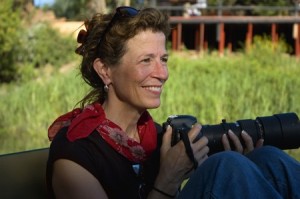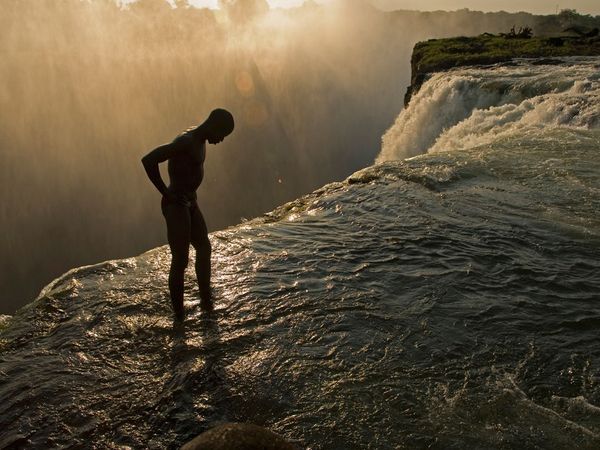Photo by Annie Griffith courtesy of Creative Commons.
Lila Reyes/Contributing Writer
In communities where environmental degradation is apparent; health, education, livelihood and climate change are constant battles and third world countries continue to lack sustainability due to human disturbances that affect their natural resources.
A report by Mother Jones states that “women are more severely affected by climate change or natural disasters because of their social roles or because of discrimination or poverty.”
Their research has pointed out that women are underrepresented in climate change, as they rarely have the opportunity to discuss and make decisions about adaptation. This involves human effort to limit our vulnerability to climate change and mitigation, which is known for projects or programs that impact historic or natural resources.
The School of Environment, Arts, and Society will open the area of discussion on March 20 in School of International and Public Affairs auditorium room 125 at 7 p.m.
“Alternative Energy: Invest in a Girl, Change the World” hopes to provide a new perspective to students about women and children living in areas that are challenged in fulfilling their basic necessities.

Annie Griffiths, National Geographic’s first woman photographer, will speak about women and their role in climate change on March 20 in SIPA room 125 at 7 p.m. Courtesy of Creative Commons
Annie Griffiths, the first woman photographer to work for National Geographic, is the event’s speaker.
“She is someone who has self-propelled herself and does really great work,” said Elaine Pritzker, the coordinator of the event. “She’s someone who has photographed in over 100 countries, participated in dozens of book and magazine projects for National Geographic Society, and is very committed to photographing for aid organizations around the world.”
“I think what she has done would be very inspirational and motivational for our students.”
Griffiths is also the executive of The Ripple Effect Images, an organization where photojournalists join to raise awareness by sending photos to aid women and girls living in communities affected by climate change.
Pritzker, who has spoken to Griffiths about the group, learned that the photojournalists use their work so that non-governmental organizations and other aid groups can provide resources and infrastructure to ease the burden on the women and girls.
Ketie Ross, who is pursuing her master’s in religious studies, expressed interest in the event.
“I definitely support sustainable living and sustainable programs, but it depends on the country and the political situation there,” Ross said. “I’m a big advocate for helping communities with clean water and programs that will help people in the area gain the skills to sustain their community.”
According to the World Conservation Union, women and girls living in the affected areas face these draining circumstances to survive in their communities. The WCU points out that these women walk for miles to get water, a contrast from how individuals in first world countries have easier access to it for activities such as cooking, cleaning and drinking.
Pritzker hopes there will be a rich discussion between Griffiths, the students, faculty and the community about the effects of climate change, and what steps should be taken to reduce environmental degradation in third world countries, especially how to aid the women and girls affected by lack of resources.
– news@fiusm.com






Be the first to comment on "Research: Women and children underrepresented in climate change"